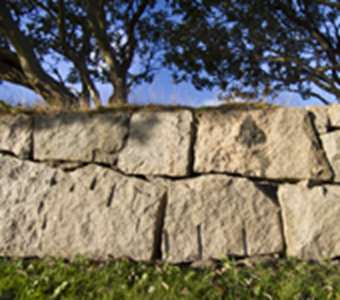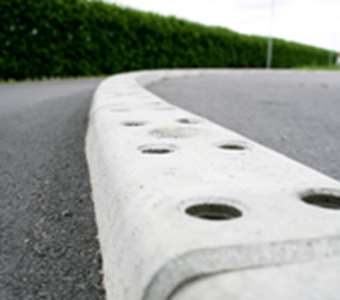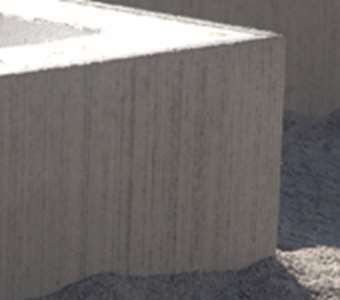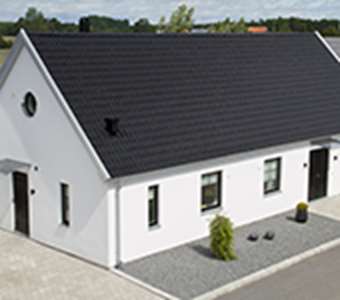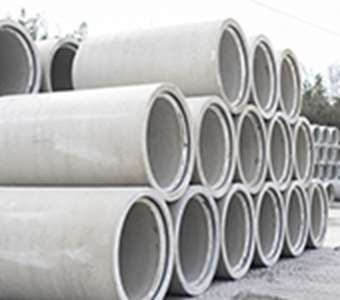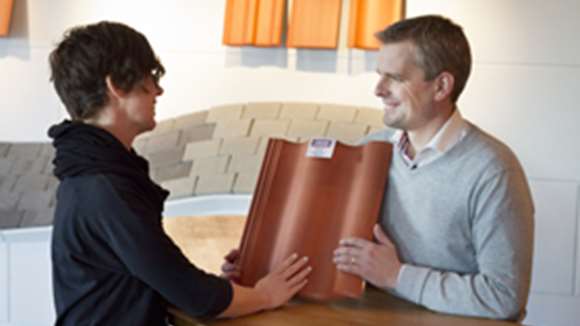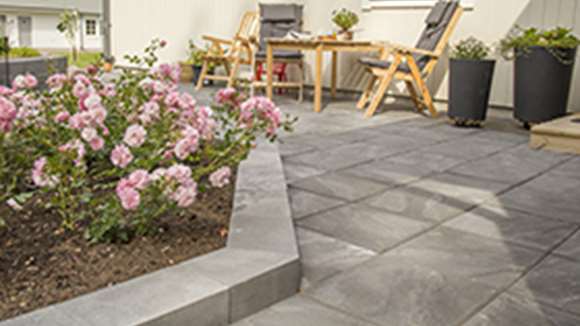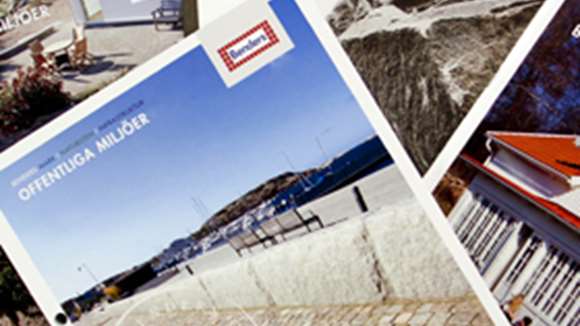As a contractor that supplies building frameworks, Benders puts constant effort into enhancing sustainability and developing and optimising the raw-material content of its products. One example of this is provided by the Stockholm Bypass project. Here, jointly with Cementa, Benders has developed a concept that reduces concrete-attributable carbon dioxide emissions by 20 percent.
The Stockholm Bypass is currently one of Sweden’s largest construction sites. With the blasting and equipping of a new, 21-km stretch of the E4 European highway west of central Stockholm, construction is in full swing. Most of the stretch is through tunnels. The idea is to reduce the vulnerability of Stockholm’s traffic systems by linking northern and southern areas.
Road tunnel construction is presently under way at Kungens Kurva, the southern end of the bypass. For this, Benders Byggsystem will be delivering a little over 600 metres of prefabricated wall elements made using Cementa’s “climate-improved” cement, Anläggningscement FA.
Climate requirements increasingly common in procurements
“Along with Cementa, we developed a formula that reduces the clinker in the cement by 20 percent. Instead, it uses 15 percent fly ash and 5 percent limestone. This equates to a 20 percent reduction in carbon dioxide emissions,” reveals Fredrik Roosling, business manager East, Benders Byggsystem.
Previously, the construction industry was somewhat reluctant to use Anläggningscement (a proprietary mix with low alkali and C3A content) that contained fly ash. One of the reasons for this, was the cement’s low heat of hydration. Because of this, it takes a little longer to attain the same resistance as conventional cements of the same type. Another reason was that the now increasingly common climate-related requirements were not always a feature of procurements.
“Sustainability and the environmental aspect in choosing materials and suppliers are important and are becoming ever more important. To reach our goal of a climate-neutral construction sector by 2045, we need to collaborate with our clients so that more attention is paid to environment and climate in supplier selection,” declares Hans Bäckström, production manager, Skanska.
Skanska liked the green solution
“It went like clockwork with the bypass. In January, the contract works arm of Skanska sent us an invitation to tender. We submitted our Anläggningscement FA bid. Skanska liked the greenness of our solution and we soon received approval from the main client, the Swedish Transport Administration,” divulges Fredrik.
Installing the wall elements in the road tunnels starts after the 2020 summer holidays. Using suction to grip and lift the elements into place, a special machine will then take care of installation.
“Owing to tunnel height, cranes cannot be used,” comments Fredrik.
Clearer climate focus set to become standard
According to Bo Jönsson, production technician at Benders Byggsystem, the company’s experience of Anläggningscement FA is good. So good that, just as with road barriers and wall elements in the bypass, it is to be standard in many of Benders’ concrete products for infrastructure projects.
“It is, indeed, a somewhat slower cement. Nonetheless, after 28 days, it has the same resistance. The cement is a few Swedish kronor dearer, but considerably better for the environment,” he adds.
Both Bo and Fredrik believe that demand for other climate-improved cement products will rise. One of the drivers will be climate goals and other environmental parameters more frequently featuring as procurement requirements.
“I’m absolutely convinced that it will become commoner in the next few years. The climate is an issue that is increasingly at the top of the agenda,” concludes Fredrik.
















